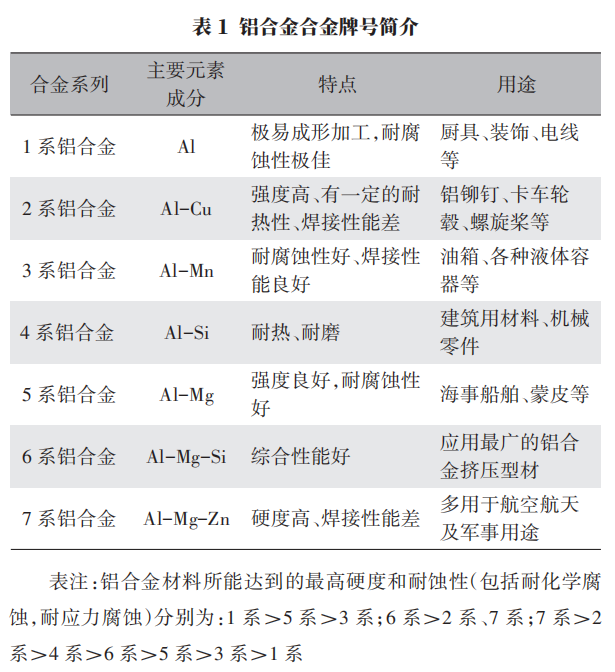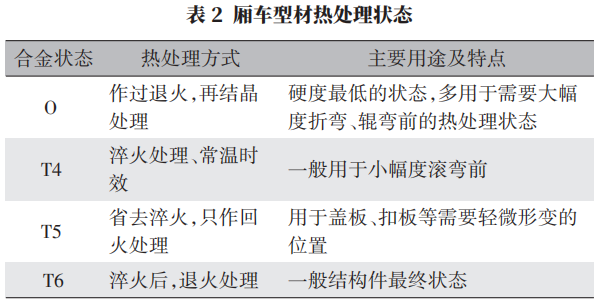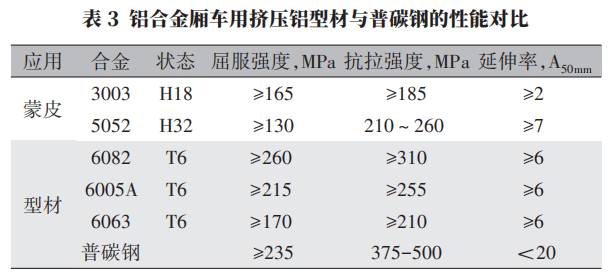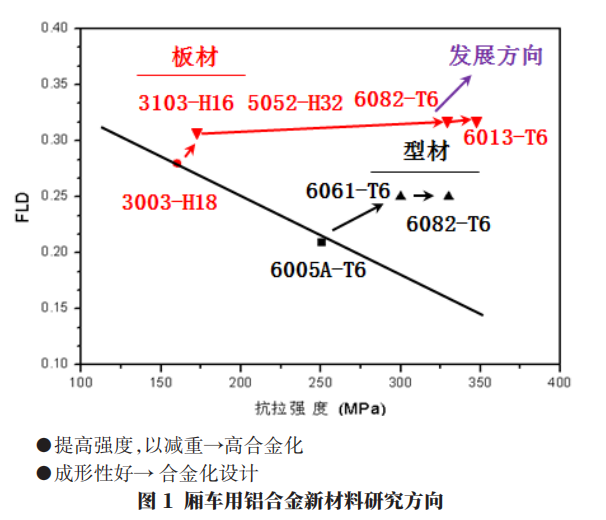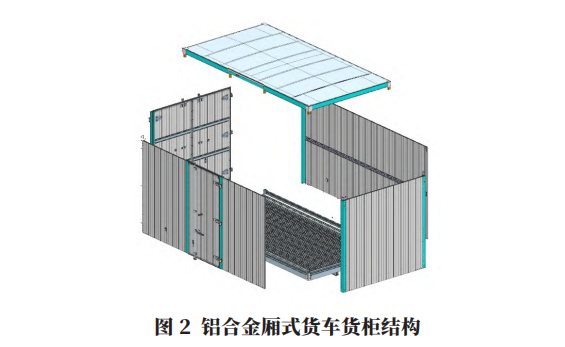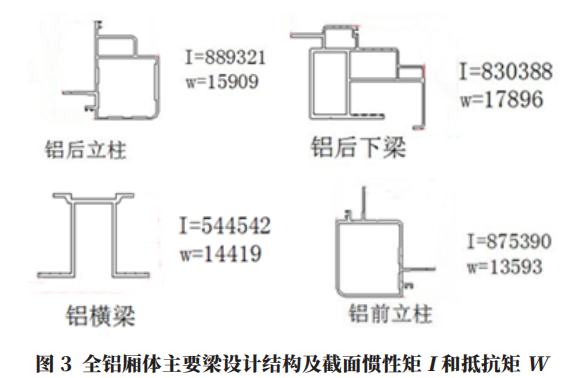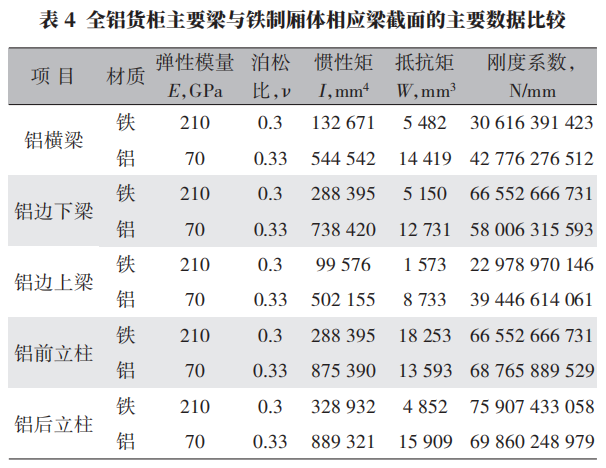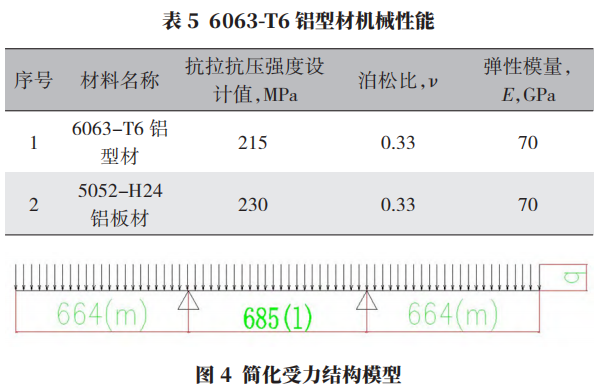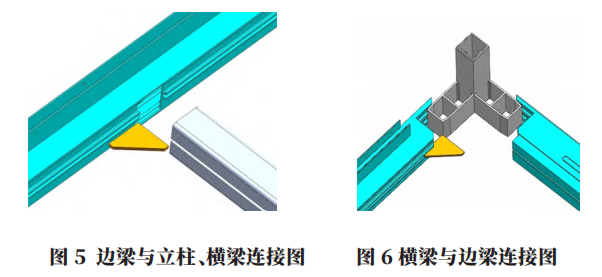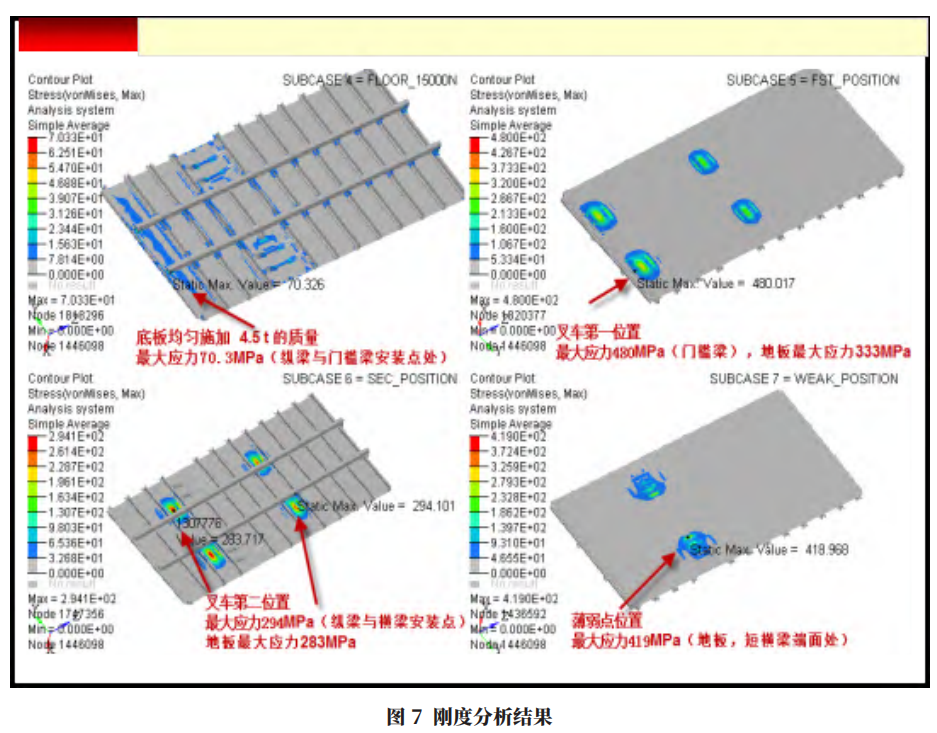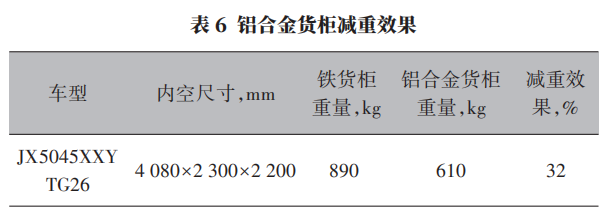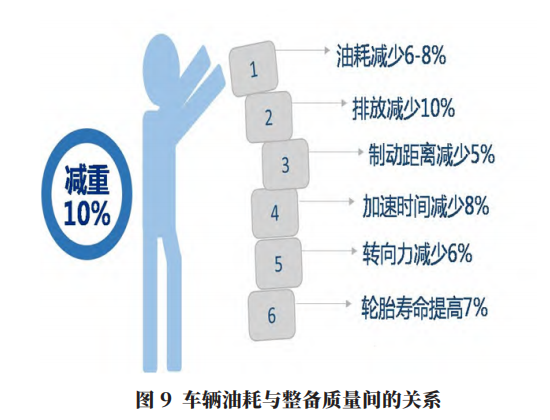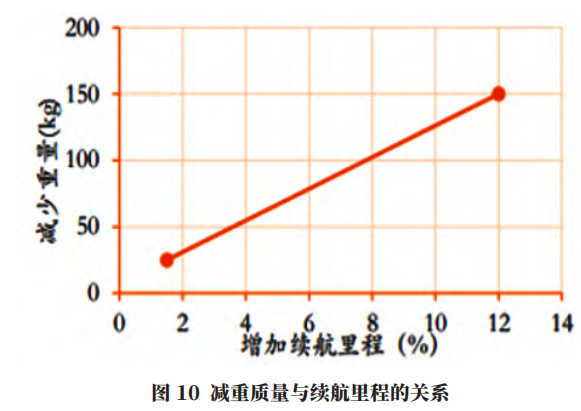1.Introduction
Automotive lightweighting began in developed countries and was initially led by traditional automotive giants. With continuous development, it has gained significant momentum. From the time when Indians first used aluminum alloy to produce automotive crankshafts to Audi’s first mass production of all-aluminum cars in 1999, aluminum alloy has seen robust growth in automotive applications due to its advantages such as low density, high specific strength and stiffness, good elasticity and impact resistance, high recyclability, and high regeneration rate. By 2015, the application proportion of aluminum alloy in automobiles had already exceeded 35%.
China’s automotive lightweighting started less than 10 years ago, and both the technology and application level lag behind developed countries like Germany, the United States, and Japan. However, with the development of new energy vehicles, material lightweighting is progressing rapidly. Leveraging the rise of new energy vehicles, China’s automotive lightweighting technology is showing a trend of catching up with developed countries.
China’s lightweight materials market is vast. On the one hand, compared with developed countries abroad, China’s lightweighting technology started late, and the overall vehicle Curb weight is larger. Considering the benchmark of lightweight materials’ proportion in foreign countries, there is still ample room for development in China. On the other hand, driven by policies, the rapid development of China’s new energy vehicle industry will boost the demand for lightweight materials and encourage automotive companies to move towards lightweighting.
The improvement of emission and fuel consumption standards is forcing the acceleration of automotive lightweighting. China fully implemented the China VI emission standards in 2020. According to the “Evaluation Method and Indicators for Fuel Consumption of Passenger Cars” and the “Energy Saving and New Energy Vehicle Technology Roadmap,” the 5.0 L/km fuel consumption standard. Taking into account the limited space for substantial breakthroughs in engine technology and emissions reduction, adopting measures to lightweight automotive components can effectively reduce vehicle emissions and fuel consumption. Lightweighting of new energy vehicles has become an essential path for the industry’s development.
In 2016, the China Automotive Engineering Society issued the “Energy Saving and New Energy Vehicle Technology Roadmap,” which planned factors such as energy consumption, cruising range, and manufacturing materials for new energy vehicles from 2020 to 2030. Lightweighting will be a key direction for the future development of new energy vehicles. Lightweighting can increase the cruising range and address “range anxiety” in new energy vehicles. With the increasing demand for extended cruising range, automotive lightweighting becomes urgent, and the sales of new energy vehicles have grown significantly in recent years. According to the requirements of the score system and the “Mid-to-Long-Term Development Plan for the Automotive Industry,” it is estimated that by 2025, China’s sales of new energy vehicles will exceed 6 million units, with a compound annual growth rate exceeding 38%.
2.Aluminum Alloy Characteristics and Applications
2.1 Characteristics of Aluminum Alloy
The density of aluminum is one-third that of steel, making it lighter. It has higher specific strength, good extrusion capability, strong corrosion resistance, and high recyclability. Aluminum alloys are characterized by being primarily composed of magnesium, exhibiting good heat resistance, good welding properties, good fatigue strength, inability to be strengthened by heat treatment, and the ability to increase strength through cold working. The 6 series is characterized by being primarily composed of magnesium and silicon, with Mg2Si as the main strengthening phase. The most widely used alloys in this category are 6063, 6061, and 6005A. 5052 aluminum plate is an AL-Mg series alloy aluminum plate, with magnesium as the main alloying element. It is the most widely used anti-rust aluminum alloy. This alloy has high strength, high fatigue strength, good plasticity and corrosion resistance, cannot be strengthened by heat treatment, has good plasticity in semi-cold work hardening, low plasticity in cold work hardening, good corrosion resistance, and good welding properties. It is mainly used for components such as side panels, roof covers, and door panels. 6063 aluminum alloy is a heat-treatable strengthening alloy in the AL-Mg-Si series, with magnesium and silicon as the main alloying elements. It is a heat-treatable strengthening aluminum alloy profile with medium strength, mainly used in structural components such as columns and side panels to carry strength. An introduction to aluminum alloy grades is shown in Table 1.
2.2 Extrusion is an Important Forming Method of Aluminum Alloy
Aluminum alloy extrusion is a hot forming method, and the entire production process involves forming aluminum alloy under three-way compressive stress. The entire production process can be described as follows: a. Aluminum and other alloys are melted and cast into the required aluminum alloy billets; b. The preheated billets are put into the extrusion equipment for extrusion. Under the action of the main cylinder, the aluminum alloy billet is formed into the required profiles through the cavity of the mold; c. In order to improve the mechanical properties of aluminum profiles, solution treatment is carried out during or after extrusion, followed by aging treatment. The mechanical properties after aging treatment vary according to different materials and aging regimes. The heat treatment status of box-type truck profiles is shown in Table 2.
Aluminum alloy extruded products have several advantages over other forming methods:
a. During extrusion, the extruded metal obtains a stronger and more uniform three-way compressive stress in the deformation zone than rolling and forging, so it can fully play the plasticity of the processed metal. It can be used to process difficult-to-deform metals that cannot be processed by rolling or forging and can be used to make various complex hollow or solid cross-section components.
b. Because the geometry of aluminum profiles can be varied, their components have high stiffness, which can improve the rigidity of the vehicle body, reduce its NVH characteristics, and improve vehicle dynamic control characteristics.
c. Products with extrusion efficiency, after quenching and aging, have significantly higher longitudinal strength (R, Raz) than products processed by other methods.
d. The surface of products after extrusion has good color and good corrosion resistance, eliminating the need for other anti-corrosion surface treatment.
e. Extrusion processing has great flexibility, low tooling and mold costs, and low design change costs.
f. Due to the controllability of aluminum profile cross-sections, the degree of component integration can be increased, the number of components can be reduced, and different cross-section designs can achieve precise welding positioning.
The performance comparison between extruded aluminum profiles for box-type trucks and plain carbon steel is shown in Table 3.
Next Development Direction of Aluminum Alloy Profiles for Box-type Trucks: Further improving profile strength and enhancing extrusion performance. The research direction of new materials for aluminum alloy profiles for box-type trucks is shown in Figure 1.
3.Aluminum Alloy Box Truck Structure, Strength Analysis, and Verification
3.1 Aluminum Alloy Box Truck Structure
The box truck container mainly consists of front panel assembly, left and right side panel assembly, rear door side panel assembly, floor assembly, roof assembly, as well as U-shaped bolts, side guards, rear guards, mud flaps, and other accessories connected to the second-class chassis. The box body cross beams, pillars, side beams, and door panels are made of aluminum alloy extruded profiles, while the floor and roof panels are made of 5052 aluminum alloy flat plates. The structure of the aluminum alloy box truck is shown in Figure 2.
Using the hot extrusion process of the 6 series aluminum alloy can form complex hollow cross-sections, a design of aluminum profiles with complex cross-sections can save materials, meet the requirements of product strength and stiffness, and meet the requirements of mutual connection between various components. Therefore, the main beam design structure and sectional moments of inertia I and resisting moments W are shown in Figure 3.
A comparison of the main data in Table 4 shows that the sectional moments of inertia and resisting moments of the designed aluminum profile are better than the corresponding data of the iron-made beam profile. The stiffness coefficient data are roughly the same as those of the corresponding iron-made beam profile, and all meet the deformation requirements.
3.2 Maximum Stress Calculation
Taking the key load-bearing component, the crossbeam, as the object, the maximum stress is calculated. The rated load is 1.5 t, and the crossbeam is made of 6063-T6 aluminum alloy profile with mechanical properties as shown in Table 5. The beam is simplified as a cantilever structure for force calculation, as shown in Figure 4.
Taking a 344mm span beam, the compressive load on the beam is calculated as F=3757 N based on 4.5t, which is three times the standard static load. q=F/L
where q is the internal stress of the beam under the load, N/mm; F is the load borne by the beam, calculated based on 3 times the standard static load, which is 4.5 t; L is the length of the beam, mm.
Therefore, the internal stress q is:
The stress calculation formula is as follows:
The maximum moment is:
Taking the absolute value of the moment, M=274283 N·mm, the maximum stress σ=M/(1.05×w)=18.78 MPa, and the maximum stress value σ<215 MPa, which meets the requirements.
3.3 Connection Characteristics of Various Components
Aluminum alloy has poor welding properties, and its welding point strength is only 60% of the base material strength. Due to the covering of a layer of Al2O3 on the aluminum alloy surface, the melting point of Al2O3 is high, while the melting point of aluminum is low. When aluminum alloy is welded, the Al2O3 on the surface must be quickly broken to perform welding. At the same time, the residue of Al2O3 will remain in the aluminum alloy solution, affecting the aluminum alloy structure and reducing the strength of the aluminum alloy welding point. Therefore, when designing an all-aluminum container, these characteristics are fully considered. Welding is the main positioning method, and the main load-bearing components are connected by bolts. Connections such as riveting and dovetail structure are shown in Figures 5 and 6.
The main structure of the all-aluminum box body adopts a structure with horizontal beams, vertical pillars, side beams, and edge beams interlocking with each other. There are four connection points between each horizontal beam and vertical pillar. The connection points are fitted with serrated gaskets to mesh with the serrated edge of the horizontal beam, effectively preventing sliding. The eight corner points are mainly connected by steel core inserts, fixed with bolts and self-locking rivets, and reinforced by 5mm triangular aluminum plates welded inside the box to strengthen the corner positions internally. The external appearance of the box has no welding or exposed connection points, ensuring the overall appearance of the box.
3.4 SE Synchronous Engineering Technology
SE synchronous engineering technology is used to solve the troubles caused by large accumulated size deviations for matching components in the box body and the difficulties in finding the causes of gaps and flatness failures. Through CAE analysis (see Figure 7-8), a comparison analysis is conducted with iron-made box bodies to check the overall strength and stiffness of the box body, find weak points, and take measures to optimize and improve the design scheme more effectively.
4.Lightweighting Effect of Aluminum Alloy Box Truck
In addition to the box body, aluminum alloys can be used to replace steel for various components of box-type truck containers, such as mudguards, rear guards, side guards, door latches, door hinges, and rear apron edges, achieving a weight reduction of 30% to 40% for the cargo compartment. The weight reduction effect for an empty 4080mm×2300mm×2200mm cargo container is shown in Table 6. This fundamentally solves the problems of excessive weight, non-compliance with announcements, and regulatory risks of traditional iron-made cargo compartments.
By replacing traditional steel with aluminum alloys for automotive components, not only can excellent lightweighting effects be achieved, but it can also contribute to fuel savings, emission reduction, and improved vehicle performance. At present, there are various opinions on the contribution of lightweighting to fuel savings. The research results of the International Aluminium Institute are shown in Figure 9. Every 10% reduction in vehicle weight can reduce fuel consumption by 6% to 8%. Based on domestic statistics, reducing the weight of each passenger car by 100 kg can reduce fuel consumption by 0.4 L/100 km. The contribution of lightweighting to fuel savings is based on results obtained from different research methods, so there is some variation. However, automotive lightweighting has a significant impact on reducing fuel consumption.
For electric vehicles, the lightweighting effect is even more pronounced. Currently, the unit energy density of electric vehicle power batteries is significantly different from that of traditional liquid fuel vehicles. The weight of the power system (including the battery) of electric vehicles often accounts for 20% to 30% of the total vehicle weight. Simultaneously, breaking through the performance bottleneck of batteries is a worldwide challenge. Before there is a major breakthrough in high-performance battery technology, lightweighting is an effective way to improve the cruising range of electric vehicles. For every 100 kg reduction in weight, the cruising range of electric vehicles can be increased by 6% to 11% (the relationship between weight reduction and cruising range is shown in Figure 10). Currently, the cruising range of pure electric vehicles cannot meet the needs of most people, but reducing weight by a certain amount can significantly improve the cruising range, easing range anxiety and improving the user experience.
5.Conclusion
In addition to the all-aluminum structure of the aluminum alloy box truck introduced in this article, there are various types of box trucks, such as aluminum honeycomb panels, aluminum buckle plates, aluminum frames + aluminum skins, and iron-aluminum hybrid cargo containers. They have the advantages of light weight, high specific strength, and good corrosion resistance, and do not require electrophoretic paint for corrosion protection, reducing the environmental impact of electrophoretic paint. The aluminum alloy box truck fundamentally solves the problems of excessive weight, non-compliance with announcements, and regulatory risks of traditional iron-made cargo compartments.
Extrusion is an essential processing method for aluminum alloys, and aluminum profiles have excellent mechanical properties, so the section stiffness of components is relatively high. Due to the variable cross-section, aluminum alloys can achieve the combination of multiple component functions, making it a good material for automotive lightweighting. However, the widespread application of aluminum alloys faces challenges such as insufficient design capability for aluminum alloy cargo compartments, forming and welding issues, and high development and promotion costs for new products. The main reason is still that aluminum alloy costs more than steel before the recycling ecology of aluminum alloys becomes mature.
In conclusion, the application scope of aluminum alloys in automobiles will become broader, and their usage will continue to increase. In the current trends of energy saving, emission reduction, and the development of the new energy vehicle industry, with the deepening understanding of aluminum alloy properties and effective solutions to aluminum alloy application problems, aluminum extrusion materials will be more widely used in automotive lightweighting.
Edited by May Jiang from MAT Aluminum
Post time: Jan-12-2024


